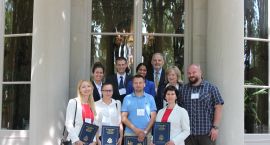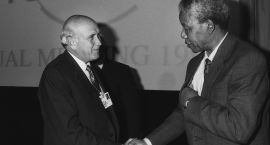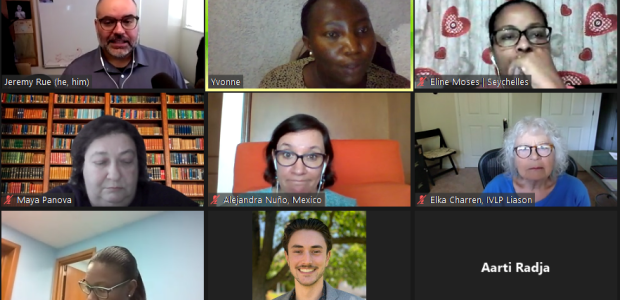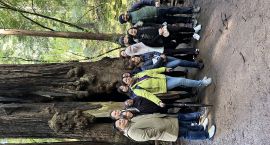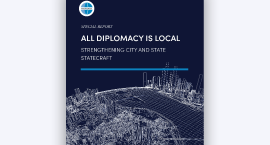The following post was drafted and submitted by Fernand Gouveia, Program Officer for Meridian’s Center for Global Leadership.
Meridian’s Center for Global Leadership recently administered a project for the International Visitor Leadership Program (IVLP) titled “Investigating and Prosecuting Human Rights Violations.” Participants included a group of 10 lawyers, prosecutors, government advisors, and advocates representing various countries with compelling human rights records, like Barbados, Colombia, Mexico, and Rwanda.
Participants gained valuable insight on the use of evidence-based methods and innovative technologies that investigators increasingly rely on to hold rights violators accountable and protect vulnerable populations. These new tools and strategies, coupled with tech-savvy advocates and citizen investigators, are increasing the success rates of investigating and prosecuting human rights violations.
This professional exchange covered the historical use of open-source intelligence gathering, including why and how the method has become critical for the investigation and prosecution of grave crimes. A virtual workshop provided by the University of California, Berkeley’s Advanced Media Institute allowed participants to practice implementing some of what they had learned including:
Using Geographic Information System (GIS) software like Google Earth to characterize and match geographic features in photos and video to a location on a map.
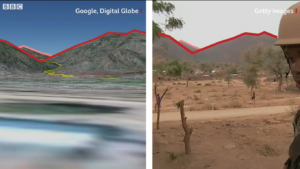
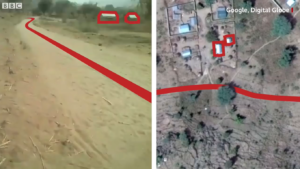
Taking advantage of free 3D modeling software like Blender to visualize and perform 3D reconstructions of a forensic scene.

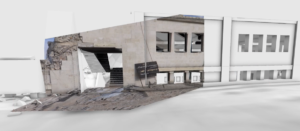
Using the basic geometry of cast shadows to calculate the time of day in a given photograph.
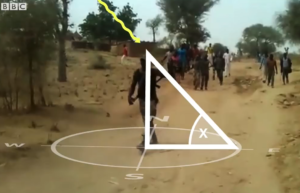
Leveraging clues embedded in photographic evidence to identify a region or a pattern of a camouflage uniform, for example.
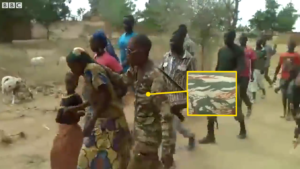
The group of lawyers, all of whom litigate human rights cases, found these tools and techniques to be a compelling resource to help hold violators accountable.
Participants also discussed legal practices and procedures with local and federal law enforcement bodies, which the group found could serve as models for implementation in their respective countries. These included exchanges with the U.S. Department of Justice Human Rights and Special Prosecution Sections, the Colorado Attorney General’s Criminal Justice Section, and the San Francisco Police Department’s Special Victims Unit. Collectively these exchanges highlighted strategies for regional and international collaboration, best practices for successful prosecution, and standard procedures for evidence collection.
Meetings with prominent non-profit organizations, including the American Bar Association’s Center for Human Rights, Human Rights Watch, the Southern Poverty Law Center, and the Equal Justice Initiative, provided a different perspective on strategies for holding human rights violators accountable while also highlighting the importance of providing accessible legal aid to victims. Simultaneously, these discussions provided insight into America’s ongoing struggle with civil and human rights, including historic lynching cases in the southern United States and the need for criminal justice reform.
The conversation culminated with a roundtable discussion with members of the former City of Minneapolis Truth and Reconciliation Workgroup, who shared an overview of their recommendations and findings following the murder of George Floyd.
Beyond the various tools and strategies presented, finding solidarity and common cause in their struggle to promote human rights and accountability was a key benefit for both U.S. speakers and international participants engaging in this IVLP project.
The International Visitor Leadership Program is sponsored by the U.S. Department of State and implemented by Meridian International Center.









